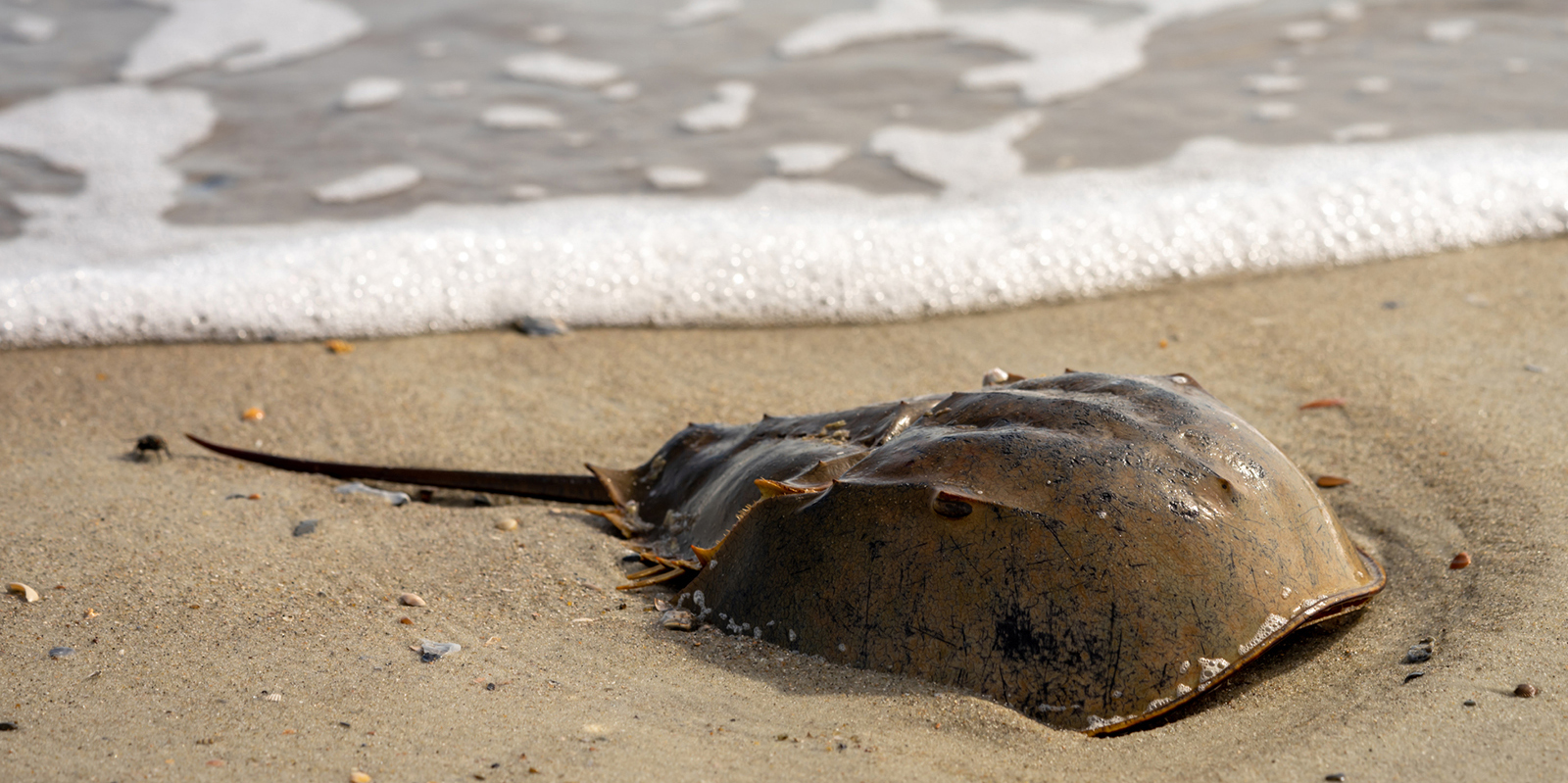R.I. Ocean: Complex Frontier Demands Collaboration
October 31, 2013
It has been called the “Saudi Arabia of wind power” and it includes some of the most fertile fishing grounds in the world. Every April, North Atlantic right whales, some of the largest and most endangered species in the world, come here to feed.
It’s a super highway for international shipping companies — a trillion dollars worth of imports and exports pass through it annually. The Navy operates on it, underneath it and above it. Surfers, sailors and millions of others use it for recreation and leisure.
What is it? It’s the waters off Rhode Island.
Many were in attendance Oct. 28 at the Providence Public Library to watch a new documentary that explores the significance these waters hold for the Ocean State.
“Ocean Frontiers II: A New England Story for Sustaining the Sea” covers the delicate process of planning what could be — America’s first offshore wind farm. The film looks at the different players who collaborated to create a comprehensive ocean management plan to zone Rhode Island’s offshore waters.
The first of its kind, the plan — referred to as the Ocean Special Area Management Plan (Ocean SAMP) — is being hailed as a landmark achievement in defining how Rhode Island’s ocean real estate is to be best utilized. Lead by the Coastal Resource Management Council (CRMC), the project brought together stakeholders from far and wide in an effort to determine how to use he state’s complex marine ecosystem.
The SAMP came to fruition in 2007, after then-Gov. Donald Carcieri mandated that offshore wind power provide 15 percent of the state’s electrical power by 2020. At the time, little was known about how various marine stakeholders operated together and what the impact might be if the offshore wind industry began building turbines.
The documentary focuses on the partnerships formed between unlikely players. In a discussion after the presentation, Grover Fugate of the CRMC, Jeff Grybowsky of Deepwater Wind, Andy Lipsky of SeaPlan, a nonprofit associated with the SAMP, and Tricia Jedele of the Conservation Law Foundation weighed in on the particular challenges they faced engaging the many different stakeholders involved.
One stakeholder discussed that was difficult to involve was the commercial fishing industry.
“It became obvious from the beginning that [fishermen] were concerned that development would impose on their fishing grounds,” said Fugate, CRMC’s executive director. “We worked with the Fishermen’s Advisory Board, which was created within the Ocean SAMP itself, to map out key areas of fishing pressure.”
This was a challenge, as the documentary explains, because fishermen don’t talk about where their choice fishing grounds are with each other — let alone the government or another industry.
“We’re continuing to work with fishermen through this process,” Fugate said. “We tried to reach out to as many trade groups and user groups as possible to understand who was using which piece of the ocean, when they were using it, how much they were using it, and what they were using it for.”
Another challenge the documentary highlights is the migration and feeding times of North Atlantic right whales, of which there are only between 400 and 450 left in the world.
Deepwater Wind, which plans to build five offshore wind turbines sometime in late 2014 off Block Island, had to delay construction because the noise and boat traffic associated with installing the turbines in April 2014 could potentially disturb this vulnerable species.
“It’s not like a lawsuit where you bring a bunch of claims and you get a settlement and you’re done,” Jedele said. “What it means is that all the partners that came to the table have to stay at the table. The ocean we have today isn’t going to be the ocean we have thirty years from now. We need to have partners who are willing to update the policies as new data come in and we need leaders who are willing to bring this information to the public.”
Categories
Join the Discussion
View CommentsYour support keeps our reporters on the environmental beat.
Reader support is at the core of our nonprofit news model. Together, we can keep the environment in the headlines.
We use cookies to improve your experience and deliver personalized content. View Cookie Settings



